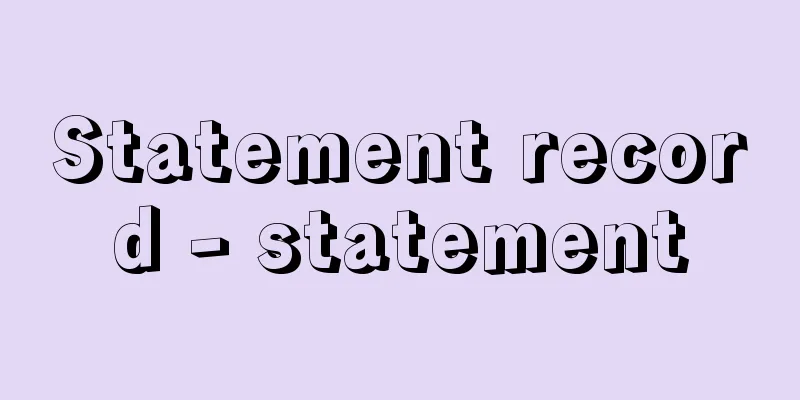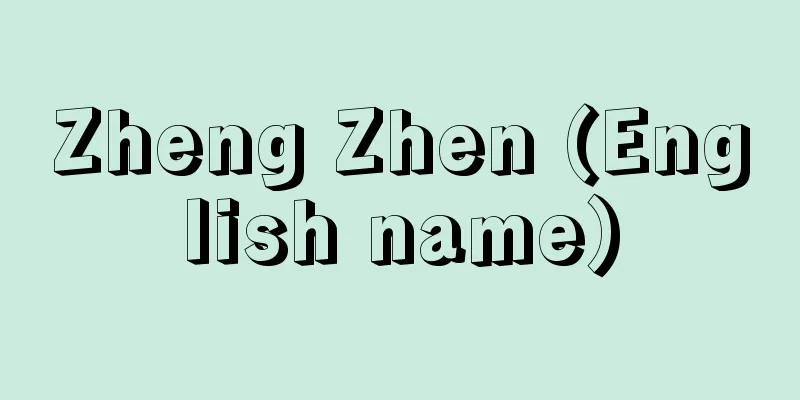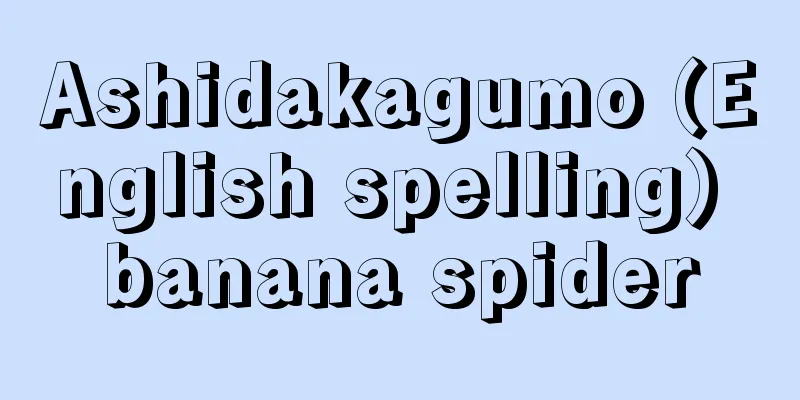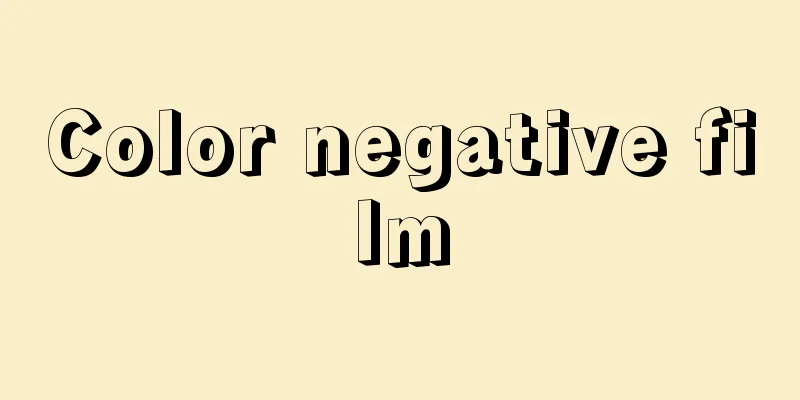Procaine hydrochloride - Ensanprocaine

|
It is a local anesthetic designated as a highly toxic drug. It is called procaine because its action is similar to that of cocaine, but its toxicity is one-sixth to one-tenth that of cocaine and it is less irritating. This is because it is quickly hydrolyzed by the enzyme procaine esterase contained in the tissues. It is a white crystal or crystalline powder, odorless. It has a bitter taste and paralyzes the tongue. It is widely used as an injection because it dissolves well in water and is relatively stable. It has poor permeability to mucous membranes and is not suitable for surface anesthesia of the nasal mucosa or eyes. It is mainly used for anesthesia for surgery, such as spinal anesthesia, epidural anesthesia, conduction anesthesia, and infiltration anesthesia. The maximum dose is 0.6 grams per dose for epidural anesthesia and conduction anesthesia, and 1 gram per dose for infiltration anesthesia. Side effects include shock and allergic reactions, as well as central nervous system stimulant symptoms such as nausea, vomiting, dizziness, anxiety, and excitement, and cardiovascular symptoms such as a drop in blood pressure and bradycardia. Procaine has been shown to have an antiarrhythmic effect in suppressing the irritability of the myocardium, but it is not used due to its short duration and strong stimulation to the central nervous system, and procainamide hydrochloride is commonly used as an antiarrhythmic drug to eliminate these drawbacks. Also, the addition of epinephrine (adrenaline), a vasoconstrictor, procaine hydrochloride injections for dental use used as local anesthesia for tooth extraction contain epinephrine, as its effect is sustained. [Fumiji Koho] [References] | | | |Source: Shogakukan Encyclopedia Nipponica About Encyclopedia Nipponica Information | Legend |
|
局所麻酔剤で劇薬に指定されている。その作用がコカインに類似するところからプロカインの名があり、毒性はコカインの6分の1から10分の1で、刺激も少ない。これは、組織中に含まれる酵素プロカインエステラーゼにより速やかに加水分解されるためである。白色の結晶または結晶性粉末で、無臭。味は苦く、舌を麻痺(まひ)させる。水によく溶け、比較的安定であるため、注射剤として繁用される。粘膜に対して浸透性が弱く、鼻粘膜や目などの表面麻酔には不適である。おもな適用は手術のための麻酔で、脊椎(せきつい)麻酔、硬膜外麻酔、伝達麻酔、浸潤麻酔に用いられる。極量は硬膜外麻酔や伝達麻酔で1回0.6グラム、浸潤麻酔で1回1グラムである。副作用としてショックやアレルギー反応がみられるほか、悪心(おしん)、嘔吐(おうと)、めまい、不安、興奮などの中枢神経刺激症状、血圧下降、徐脈などの心血管症状がある。なお、プロカインには心筋の被刺激性を抑制する抗不整脈効果が認められているが、持続性が短いことや中枢神経への刺激が強いことなどのために使われず、この欠点をなくしたものとして塩酸プロカインアミドが抗不整脈剤に繁用されている。また、血管収縮剤であるエピネフリン(アドレナリン)を加えると作用が持続することから、抜歯のための局所麻酔に使われる歯科用塩酸プロカイン注射液にはエピネフリンが配合されている。 [幸保文治] [参照項目] | | | |出典 小学館 日本大百科全書(ニッポニカ)日本大百科全書(ニッポニカ)について 情報 | 凡例 |
>>: Tolperisone Hydrochloride - Ensan Tolperisone
Recommend
Cinecitta
An Italian film studio. Its name means "City ...
Bulk density - Kasamitsudo
… [Powder properties] The academic field that inv...
Caesarius
… Among the many biographies of saints, martyrs, ...
Berl saddle
…Ceramics and polymeric materials are used for th...
Candelilla wax
...Its main components are esters of myricyl alco...
Guðmundsson, S. - GumundssonS
...However, in terms of visual arts, not many not...
Karahan Declaration - Karahan Declaration
In 1919 and 1920, Soviet Russia issued two declara...
Tuojiang - Dako
A tributary of the Yangtze River that flows throug...
Barim
...The western coast is bordered by Eritrea and D...
Perinatal medicine - perinatal medicine
The perinatal period is the period from 22 weeks o...
Klinefelter syndrome
In males, the sex chromosome composition is XXY, ...
Imamiya Shrine (Kyoto) - Imamiya Shrine
…A festival held at Imamiya Shrine in Kita-ku, Ky...
Blumer, HG (English spelling) BlumerHG
...This is linked to research into the attitudes ...
Compliance
…Harmonic distortionWaves with frequencies that a...
Federalists
At the time of independence, these were people who...









